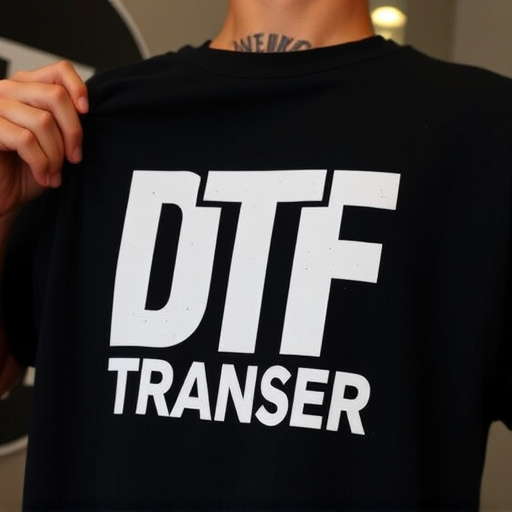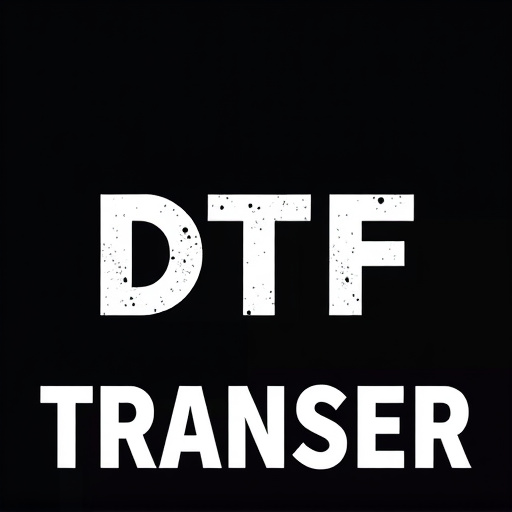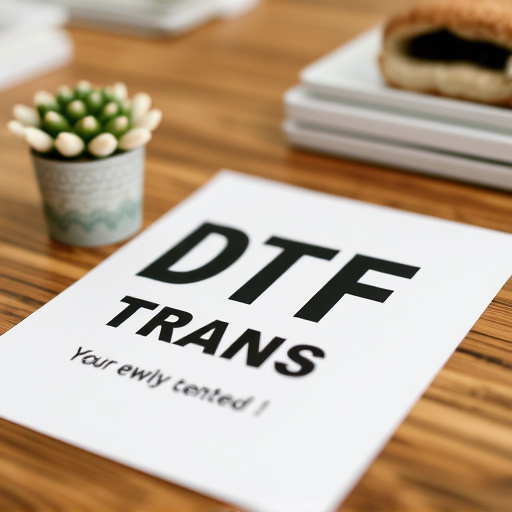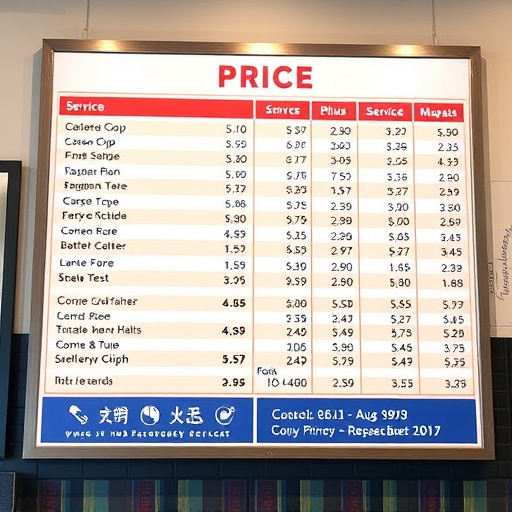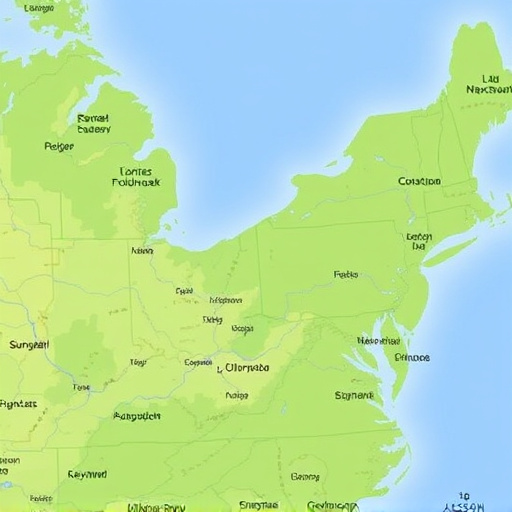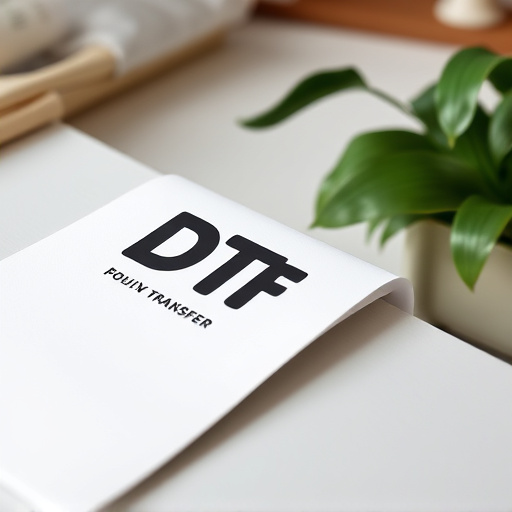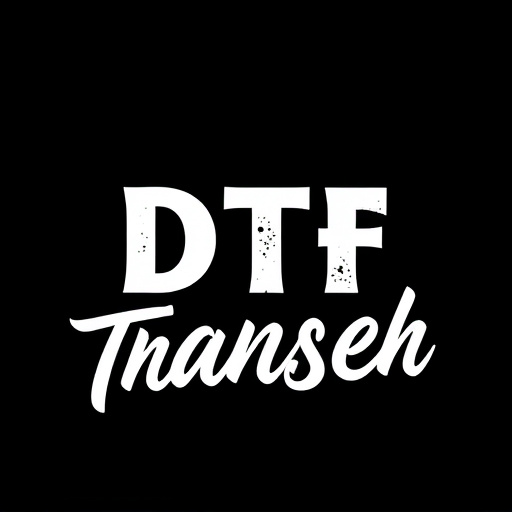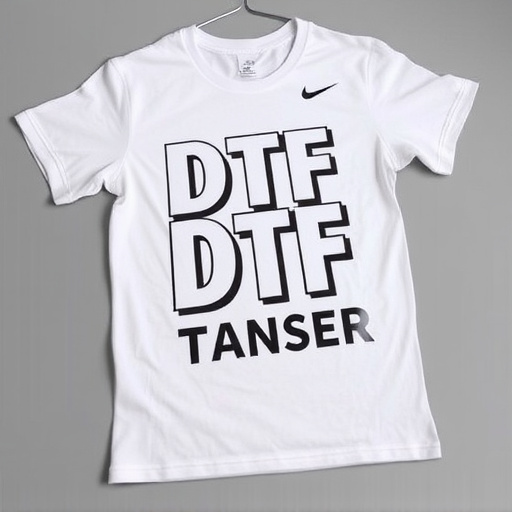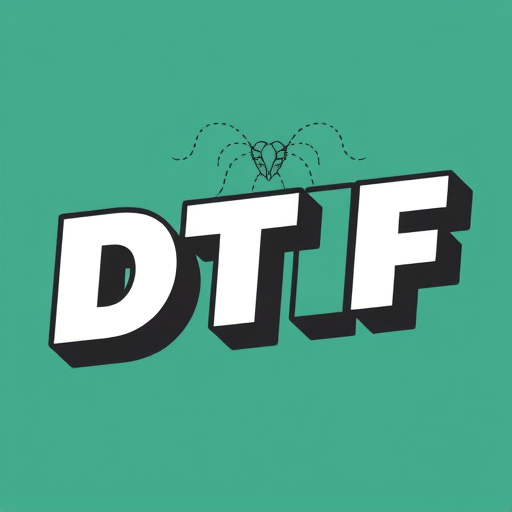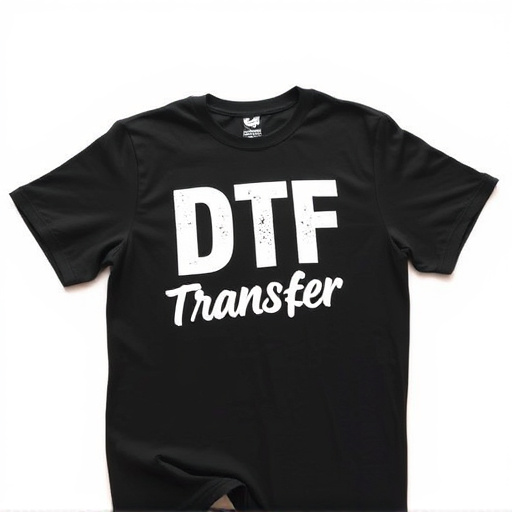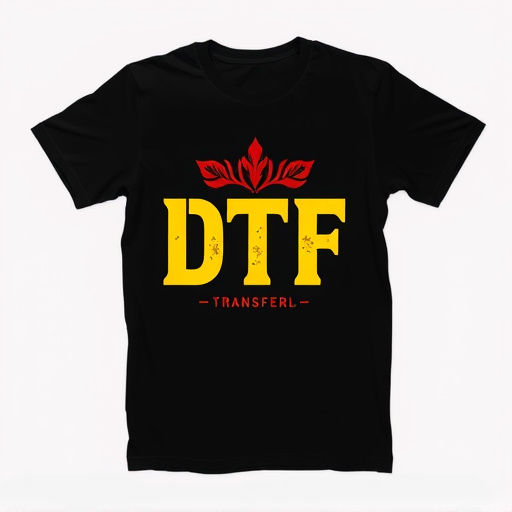Direct-To-Film (DTF) transfers are transforming the print services landscape by offering unparalleled speed, accuracy, and versatility. This cutting-edge technology eliminates intermediate steps, providing superior color quality, vibrant images, and quick turnaround times for diverse applications like signage, apparel, and promotional items. DTF printing streamlines production without intricate cutting or weeding, making it cost-effective for both small and large-scale projects. By selecting the right DTF transfer optimized for specific materials, print service providers can ensure top-quality results while enhancing productivity and gaining a competitive edge in the market. Case studies highlight the significant improvements seen across various sectors upon adopting this game-changing technology.
“Revolutionize your printing services with Wholesale Direct-to-Film (DTF) transfers – a game-changer for print service providers. This comprehensive guide explores DTF’s benefits and its seamless integration into modern printing practices. From understanding the technology to choosing the right transfer and implementing best practices, we demystify DTF Printing. Discover how this innovative method enhances efficiency, quality, and profitability in today’s digital era. Dive into the world of DTF Transfers and unlock the potential for exceptional DTF prints.”
- Understanding Direct-To-Film (DTF) Transfers: A Comprehensive Guide
- Benefits of Using DTF Transfers for Printing Service Providers
- How DTF Printing Works: From File to Final Print
- Choosing the Right DTF Transfer for Your Printing Needs
- Implementing DTF in Your Business: Tips and Best Practices
- Case Studies: Successful Integration of DTF Transfers in Print Services
Understanding Direct-To-Film (DTF) Transfers: A Comprehensive Guide

Direct-To-Film (DTF) transfers are a cutting-edge printing technology that’s transforming the way service providers create high-quality prints. Unlike traditional methods, DTF transfers skip the intermediate steps of printing on paper or vinyl and instead apply ink directly to the surface of a film. This innovative process offers several advantages, including superior color accuracy, vibrant images, and fast turnaround times.
DTF printing is ideal for a wide range of applications, from signage and banners to custom apparel and promotional items. The versatility of DTF transfers allows service providers to cater to diverse client needs with ease. By eliminating the need for intricate cutting or weeding processes, DTF enables efficient production runs, making it a cost-effective solution for both small-scale and large-volume projects.
Benefits of Using DTF Transfers for Printing Service Providers
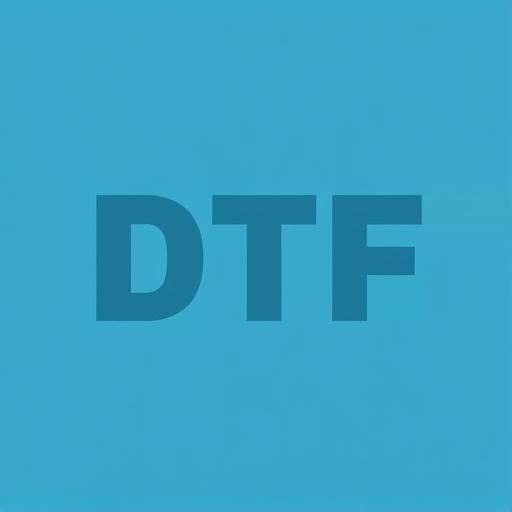
Using Direct-to-Film (DTF) transfers for printing offers service providers several significant advantages. One of the key benefits is speed and efficiency; DTF allows for direct application of designs onto a variety of materials, eliminating the need for complex preparation steps like cutting or weeding. This streamlines the production process, enabling faster turnaround times and higher throughput, which are crucial for meeting tight deadlines and fulfilling customer demands.
Additionally, DTF transfers provide superior print quality, especially when it comes to detailed and intricate designs. The direct application method ensures that the original design is reproduced accurately, resulting in vibrant colors, crisp lines, and exceptional detail retention. This high-quality output enhances the overall value proposition for printing service providers, appealing to a wider range of clients seeking top-tier results.
How DTF Printing Works: From File to Final Print
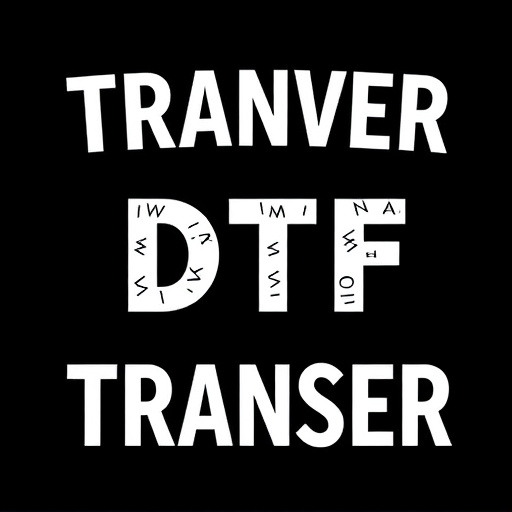
Direct-to-film (DTF) printing is a cutting-edge technique that has revolutionized the way printing service providers handle custom orders. It offers an efficient, high-quality solution for creating unique prints on demand. The process begins with the customer submitting their artwork or design file, which can be in various formats like PDF, JPEG, or PNG. This digital file is then prepared for printing by a specialized software that optimizes colors and ensures compatibility with DTF transfer technology.
Once the file is ready, it’s time for the magic to happen. The DTF transfer process involves precisely placing the design onto a clear film, which acts as a stencil. This film is then carefully applied to the print medium, typically fabric or paper, using heat and pressure. The heat activates the ink, transferring the design onto the substrate in a single pass, resulting in vibrant, precise DTF prints. This method eliminates the need for intricate plates or screens, making it swift, cost-effective, and perfect for small batches or one-off projects.
Choosing the Right DTF Transfer for Your Printing Needs

Choosing the right Direct-to-Film (DTF) transfer for your printing needs is a crucial step in ensuring top-quality DTF prints. With various options available, understanding the specifics of each material becomes essential. Different DTF transfers cater to distinct printing requirements, be it for textiles, plastics, or even metal surfaces. The key lies in matching the right film with your intended medium.
Factors like adhesion, durability, and color accuracy should guide your selection. Adhesion ensures the transfer adheres firmly to the substrate, while durability dictates how well the print stands up to wear and tear. Color accuracy is paramount for maintaining vibrant and precise prints. By carefully considering these aspects, you can select a DTF transfer that optimizes the performance of your printing service, delivering exceptional results every time.
Implementing DTF in Your Business: Tips and Best Practices

Implementing direct-to-film (DTF) transfers in your printing service provider business can significantly enhance productivity and offer a competitive edge. DTF is a cutting-edge technology that allows for precise, high-quality printing directly onto various materials, including fabrics, plastics, and metals. To successfully integrate DTF into your operations, start by investing in reliable DTF printers and ensuring your team receives adequate training on the new equipment.
Next, carefully curate your material selection to maximize the potential of DTF Printing. Different substrates have varying capabilities and limitations, so conduct thorough research to understand which materials align best with your clients’ needs. Additionally, optimize your workflow by establishing clear processes for file preparation, printing, and post-processing. This will ensure consistent quality and efficiency as you transition from traditional printing methods to the advanced capabilities of DTF Transfer.
Case Studies: Successful Integration of DTF Transfers in Print Services
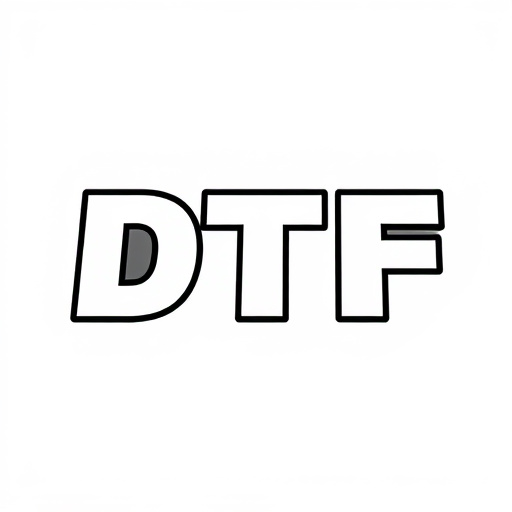
Direct-to-film (DTF) transfers have been a game-changer for print service providers, offering unprecedented efficiency and versatility in their operations. Case studies across various industries highlight the successful integration of DTF technology in enhancing printing capabilities. For instance, one study focused on a sign-making business that adopted DTF prints for producing custom vehicle graphics. The results were remarkable: production time was reduced by 40%, allowing them to take on more projects without compromising quality.
Another notable case involved a promotional products company using DTF transfers for creating unique, personalized items like mugs and t-shirts. By implementing DTF printing, they achieved faster turnaround times and maintained high-quality outputs. This integration not only improved customer satisfaction but also allowed them to expand their service offerings, solidifying their position in the market.
